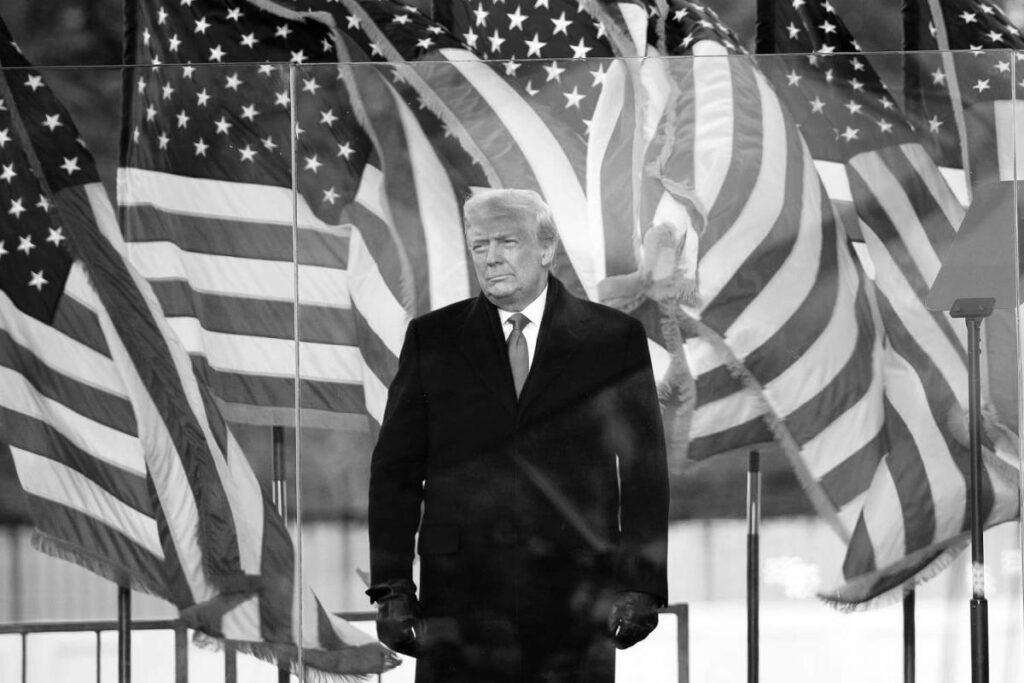In the aftermath of the 2020 presidential election, Donald Trump and his supporters quickly resorted to litigation to contest the election results. Within hours of declaring victory in the early hours of Election night, Trump’s campaign began filing lawsuits in several key battleground states, alleging various irregularities before the final vote count was completed. This comprehensive legal strategy, spanning from local courts to the U.S. Supreme Court, aimed to overturn the election results and give Trump a pathway to remain in office. The numerous lawsuits filed—totaling over 60—revealed not only the urgency of Trump’s response but also the organized effort by Republican allies to challenge the legitimacy of the election outcome.
Throughout November and December, Trump’s legal team filed an array of lawsuits primarily in swing states such as Michigan, Georgia, Pennsylvania, Arizona, Nevada, and Wisconsin. They claimed voter fraud, challenges to mail-in ballot processes, and errors in ballot counting. For instance, in Michigan and Georgia, Trump sought to halt the counting of votes, while allegations were made in Arizona regarding disqualified ballots due to technicalities like ink-bleed from Sharpie markers. Despite their aggressive legal maneuvers, the outcomes were largely unfavorable for Trump, with most lawsuits resulting in dismissals or withdrawals, save for a single, minor ruling in Pennsylvania that ultimately did little to sway the election result, which Biden won decisively.
As the legal challenges progressed, the Trump campaign faced backlash, even from within their ranks. A notable press conference held by Trump’s attorneys, Rudy Giuliani, Sidney Powell, and Jenna Ellis, attempted to showcase purported evidence of widespread voter fraud, including claims of foreign interference. Giuliani stated the volume of fraud cases could fill a library, and Powell made extreme assertions about communist influences. However, Trump reportedly dismissed Powell’s comments as “crazy,” illustrating the internal conflicts among his legal advisers regarding the validity of their claims and strategies.
Despite the setback of numerous legal defeats, Trump and his allies did not relent in their pursuit of litigation; a significant case arose when Texas sought to sue battleground states over alleged illegal election law changes. This case was supported by several other Republican attorneys general but was ultimately rejected by the Supreme Court, which noted that Texas lacked standing to interfere with how other states conducted their elections. The Supreme Court’s reluctance to take up these cases echoed the broader judicial dismissal of election-related challenges initiated by Trump, consolidating the notion that these lawsuits were unfounded.
Although the legal attempts to keep Trump in power fell short, the fallout from these actions continued to reshape the political landscape. The repercussions were felt by many involved, culminating in federal indictments against Trump that cite these baseless lawsuits as evidence of his alleged corrupt intent to overturn the election results. Major legal consequences followed for other key figures, including disbarments and indictments against Giuliani and others, and the reputations of many attorneys who participated in the election challenges faced significant scrutiny.
More lasting implications arise from this episode, not only affecting those directly involved but also shaping public perception of elections and court authority in the United States. The legal battles marked a pivotal moment in American politics, leading to discussions about election integrity, judicial authority, and the boundaries of political strategies in response to electoral defeats. Moving forward, both the actions taken during the post-election period and the responses from various judicial systems will likely serve as a blueprint for future political and legal strategies in electoral contests.

